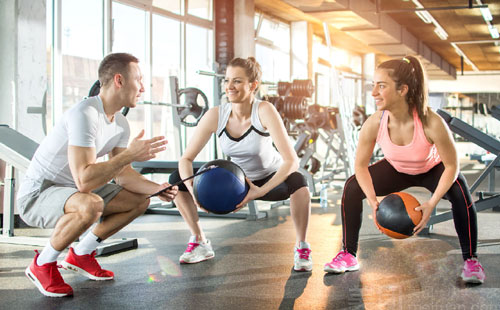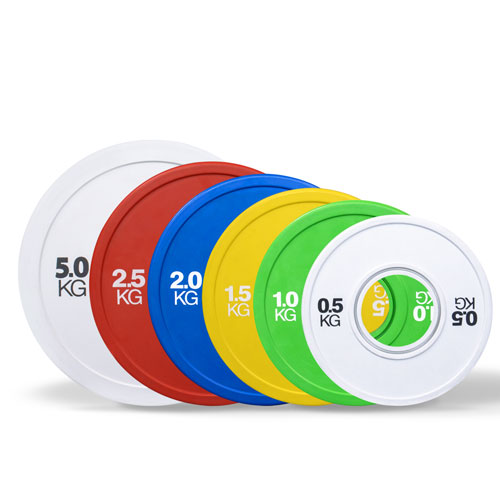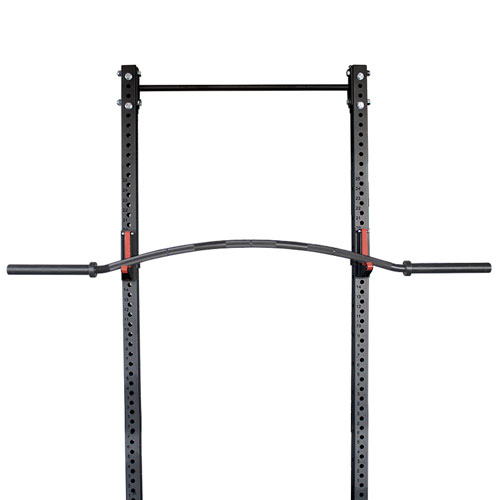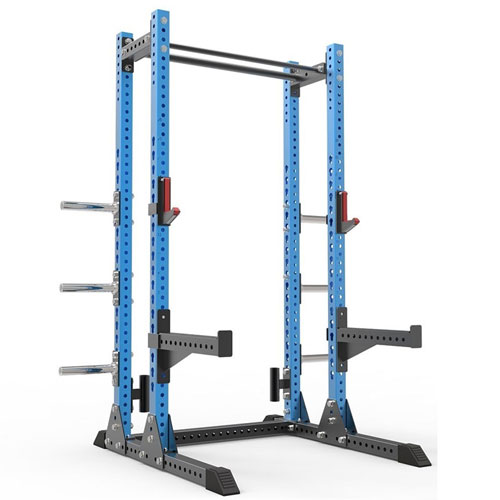5 esercizi per migliorare la postura e ridurre il dolore
Gli esseri umani sono fatti per muoversi. Siamo fatti per stare in piedi. Siamo fatti per camminare a testa alta.
Ma da qualche parte lungo questo meandro evolutivo, qualcuno ha posato un computer sul tavolo di fronte a noi e ci ha messo in mano un telefono. E abbiamo cominciato a passare ore e ore ingobbiti. Il nostro mento, che una volta si trovava a una distanza decente dalla gola, ha cominciato a inclinarsi verso l'interno. Le nostre spalle sono inclinate, la nostra andatura è strascicata.

Quando la testa, che pesa circa 3 chili, si piega in avanti, la pressione sulla colonna vertebrale aumenta fino a 60 chili. Non c'è da stupirsi se molti di noi hanno a che fare con la perdita di massa muscolare, con una postura scorretta e con un aumento del rischio di lesioni. I fisiologi chiamano la condizione risultante sindrome da incrocio superiore e inferiore.
Le lezioni di Orangetheory Fitness, ovviamente, possono aiutare a compensare questi e molti altri fastidi dei giorni nostri. La chiave è portare lo slancio di quei 60 minuti nel resto della vita.
Ciò significa fare del movimento una priorità nell'arco della giornata, proprio come pianificare pasti sani e trascorrere del tempo con i propri cari. Se lo farete, vi sentirete meglio e avrete più energia per le attività quotidiane.
Aaron Santiso, fisioterapista e membro del comitato medico consultivo di Orangetheory, propone questi esercizi di stretching per aiutarci a mantenere la forza, l'allineamento e l'altezza durante la giornata. Alcuni esercizi che consiglia sono così semplici che potreste pensare: "Come può essere utile?". Fidatevi della scienza. È così.
The name: Upper trapezius stretch
The target: The muscles in your upper back that help you raise your arms.
The reason: When you lift your arms, one shoulder may seem higher than the other. “Your body may be compensating during this movement pattern due to a muscular imbalance and weakness inside your shoulder,” Aaron says.
The method: Sit tall on a chair, grasping the edge of the seat with your right hand. Slowly bend your neck toward your left shoulder, using your left hand to direct your head. Be sure to keep your right shoulder pressed down. Stop when you feel a comfortable pull on the right side of your neck. Hold for 20 seconds; return to starting position and repeat on the left side. Aim for five stretches on each side, whenever you feel the need.
The name: Levator scapulae stretch
The target: If you know even pidgin Latin, you can translate this as raising the scapula — the shoulder blade, the bone that connects the upper arm and the collarbone.
The reason: Like the previous exercise, this helps keep your neck from taking over movements designed for your shoulders.
The method: Again, sit tall in a chair, holding onto the right side of the seat with your right hand. With your left hand on top of your head, tilt your chin toward your left armpit. Keep your posture straight, stopping when you feel a comfortable pull in the back of your neck. Repeat on the left side, holding each stretch for 20 seconds, for a total of five times on each side.
The name: Open-clam exercise
The target: This especially helps alleviate Upper Crossed Syndrome, which is discomfort in the neck, shoulders, chest, mid-back, elbows and wrists. It starts when we hunch over our computers and follows us into the gym, causing poor form and leading to more discomfort.
The reason: Who wants rounded shoulders, a collapsed chest, and a chin that juts out? Do this exercise two or three times a week to bring your center of gravity in line with your body.
The method: Lie on your side, knees bent at 90 degrees. Rest your head on one arm; with the other, hold your hip to keep from rolling your body. Lift your top knee an inch into the air, lower, and repeat. This targets the gluteus muscle, which helps stabilize knees, lower back and pelvis. Aim for four sets of 25 to 35 reps on each side, three or four times a week.
The name: Sideline external rotation
The target: Your shoulders and neck, so you can stand and sit tall without slouching.
The reason: Who wants bad posture? (We’re not seeing any hands being raised here!)
The method: Lie on the floor on your right side, supporting your head with your right hand or with a couple of pillows. With your left elbow at a 90-degree angle, hold a weight no heavier than five pounds in your right hand (any heavier and it could negatively affect your rotator cuff).
Sollevare lentamente il manubrio fino a poco più dell'altezza del gomito, mantenendo l'angolo di 90 gradi e il manubrio parallelo al pavimento. Eseguire questa operazione per 15-25 volte; ripetere sull'altro lato. Cercate di fare questo esercizio tre o quattro volte alla settimana.
The name: Hip flexor stretch
The target: The muscles basically responsible for lifting your legs and knees toward your body.
The reason: This counteracts the stiffness that develops when we sit too much, which the average American does for 13 hours a day. Sitting shortens these muscles and can bring about lower back pain, so stretching them is imperative.
The method: Start in a kneeling lunge position, right knee bent at a 90-degree angle over the ankle, left knee on the ground, weight evenly distributed to both legs. Draw in your navel. With hands on your hips, slowly move your body forward till you start to feel a stretch in your left leg.
Per uno stiramento più profondo, sollevare il braccio del lato da stirare e ruotare il corpo verso quel lato. Tenere premuto per 30 secondi; ripetere sull'altro lato. Questa è una serie; fatene altre quattro, stringendo il gluteo di ogni lato in allungamento. Cercate di far diventare questo esercizio un'abitudine quotidiana.
Ecco altri consigli per tenersi in movimento (oltre agli allenamenti Orangetheory, naturalmente), anche se si lavora alla scrivania e si sta seduti per la maggior parte del giorno. Li trovate utili? Condivideteli; dopotutto, siamo tutti uniti in questa cosa del movimento.
1. Usare la toilette di un altro piano.
2. Fate delle flessioni o dei tricipiti da banco mentre aspettate che il caffè si scaldi.
3. Ogni 30 minuti, alzatevi. Poi sedetevi. Poi alzarsi a metà; tenere per 10 secondi, quindi alzarsi completamente. Tornate a sedervi. Ricordate che ogni momento si somma.
4. Quando vi sedete, sollevate entrambi i piedi dal pavimento. Mantenere per 10 secondi, 15 o 30. Ripetere durante la giornata.
5. Uscite all'aperto il più spesso possibile. Anche solo pochi minuti all'aria aperta possono abbassare la pressione sanguigna e fare miracoli per l'umore.
6. Tenete una palla alla scrivania. Di tanto in tanto, mettetela tra le caviglie. Raddrizzate le gambe, tenetele per qualche secondo e poi piegatele.
7. Idratarsi. Non rimanete mai senza la vostra bottiglia d'acqua. Riempitela su un altro piano, facendo due passi alla volta.





